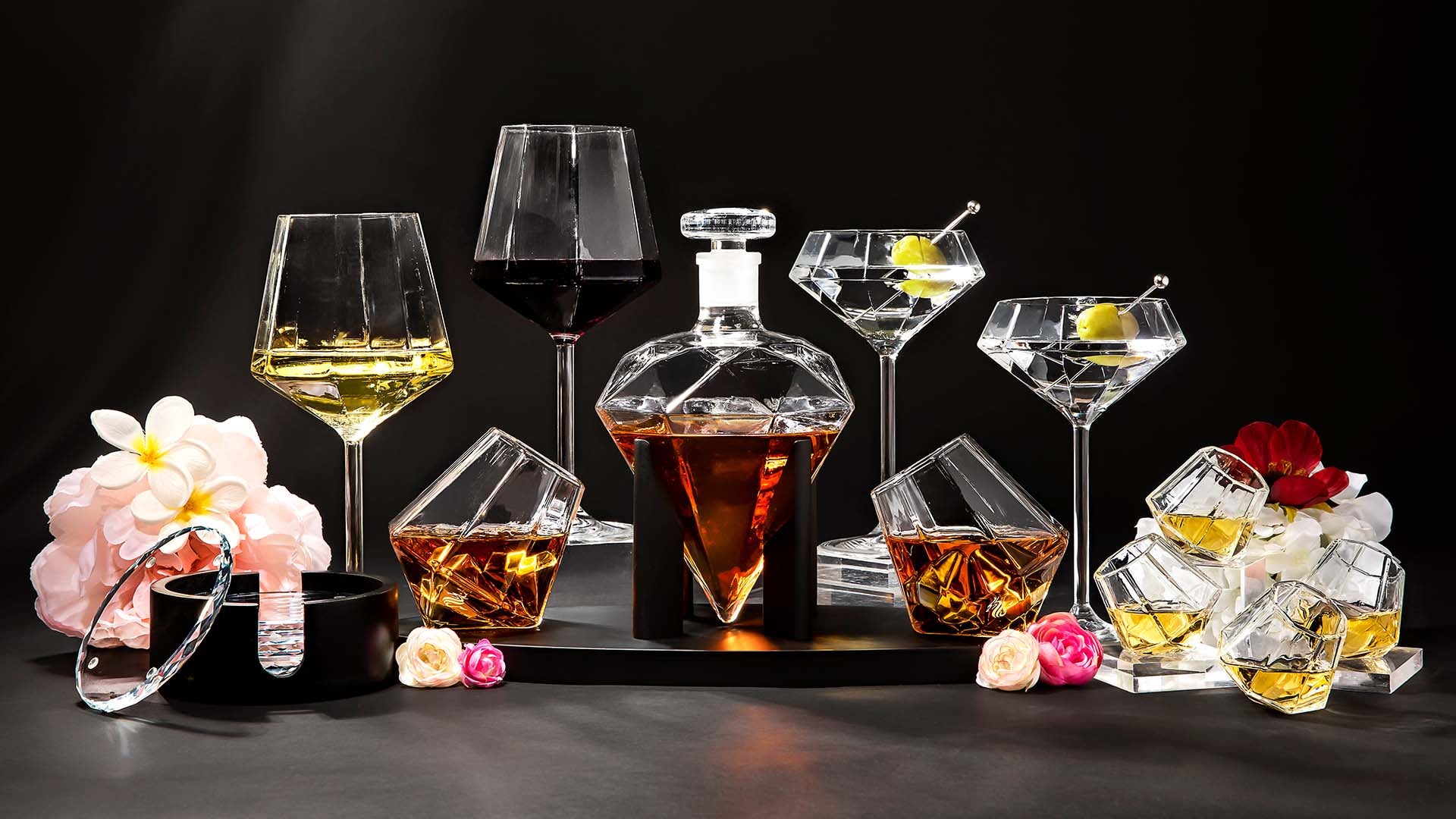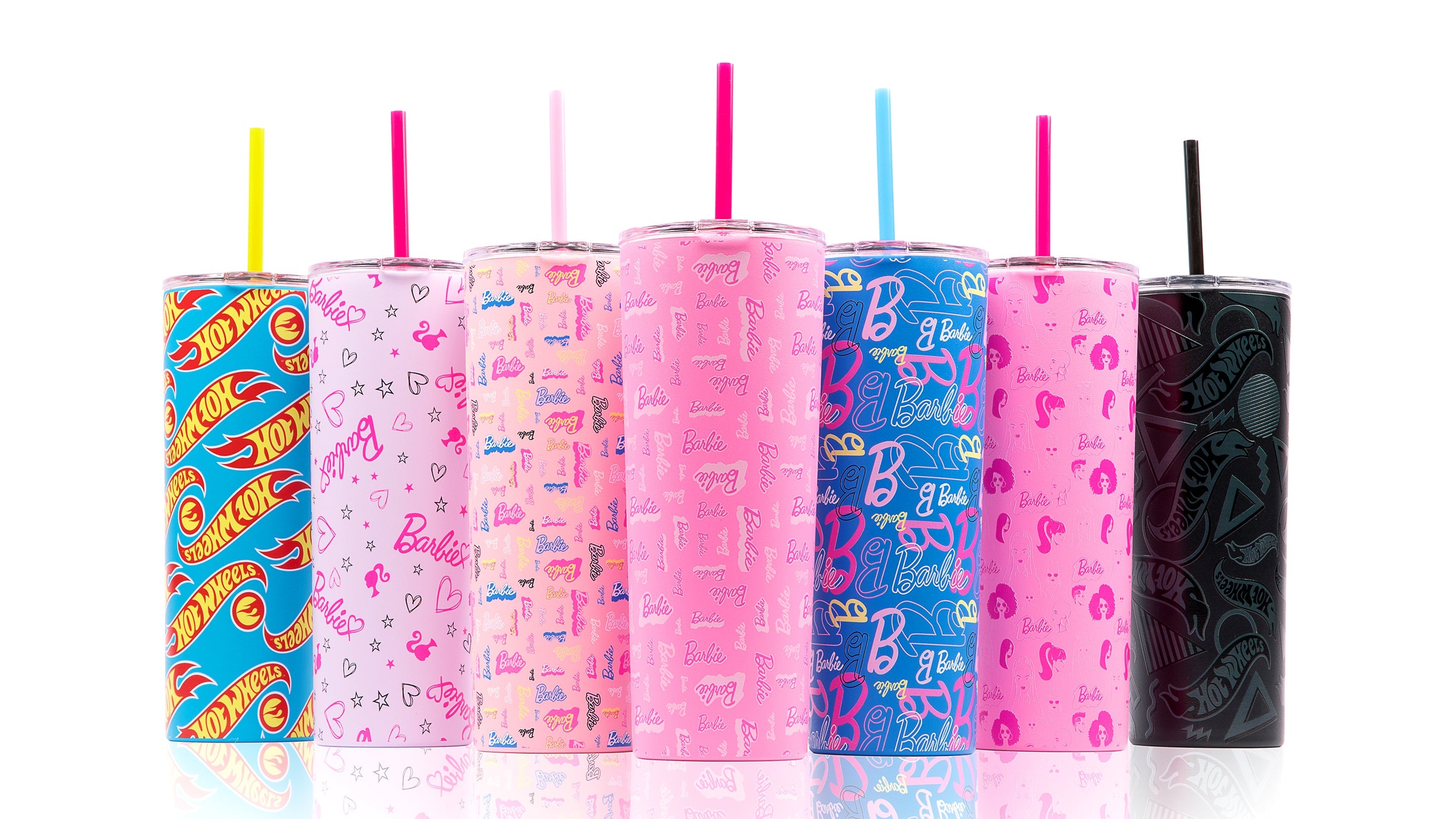Wine and Food Pairing: What Goes Best with Your Favorite Wine?
Wine has been a dinner staple in many cultures, so much so that it has evolved together with culinary traditions and practices of a certain place. Today it has developed into a contemporary art. It has also paved the way for a string of books and media detailing how different wine should be paired with different food to maximize the dining experience.
There are a set of rules and guidelines in wine and food matching, but the primordial principle is to have balance between the weight of the food and the weight or body of the wine.
The weight of the food does not necessarily mean its literal weight, but rather the intensity of the flavors. Meanwhile, the weight of the wine refers to its alcohol levels.
Keep in mind that the balance is important in food and wine pairing, lest one partner may overwhelm the other. For example, pairing dishes with hearty and robust flavors like steak with a light wine like Pinot grigio may result in under appreciation of the component with the lighter weight. Nevertheless, it is not advisable to pair robust flavors with over heavily bodied wines. Just make sure to strike a balance between the food and the wine.
Here is our rough draft of wine weights:
Light Whites:
Chablis, Champagne, Pinot gris, Pinot blanc, Gruner Veltliner, Vinho Verde, Riesling
Medium and Heavy Whites:
Tămâioasă Românească, New World Chardonnay, Oaked Sauvignon blanc, Alsatian wines, White Burgundy, Rhone whites, Albarino
Light Reds:
Dolcetto, Beaujolais
Medium Reds:
Merlot, Malbec, Chianti, Barbera, Cabernet franc, Burgundy, Chinon
Heavy Reds:
Cabernet Sauvignon, Port, Syrah, Brunello di Montalcino, Barolo
Just remember: food and wine should be partners, highlighting and complementing but never overwhelming the other. Happy Pairing!





